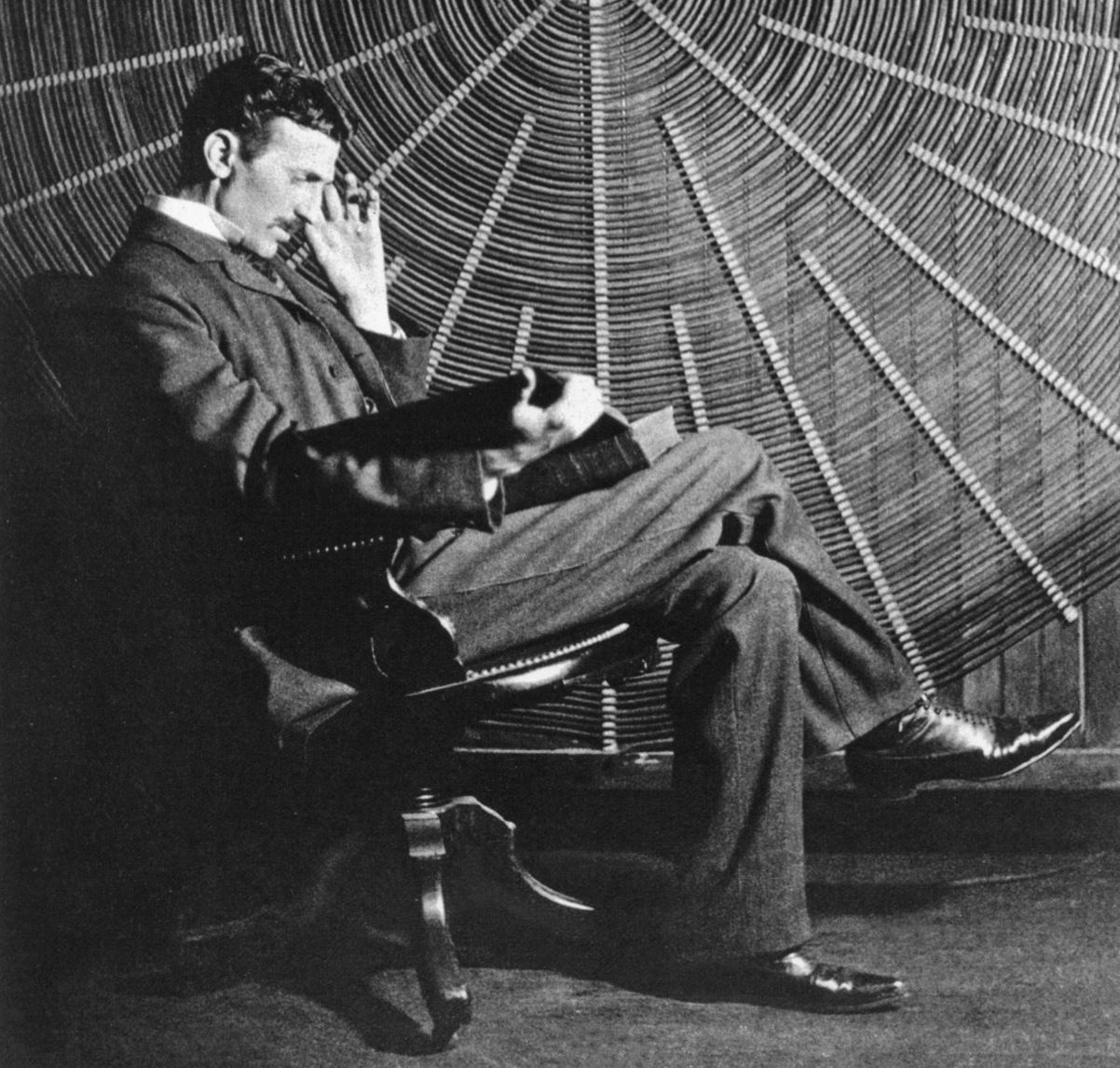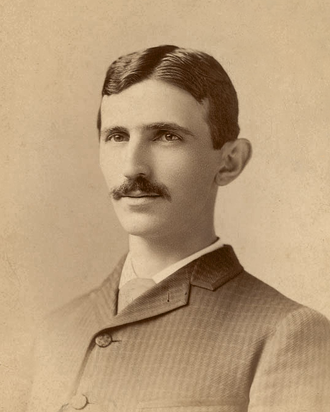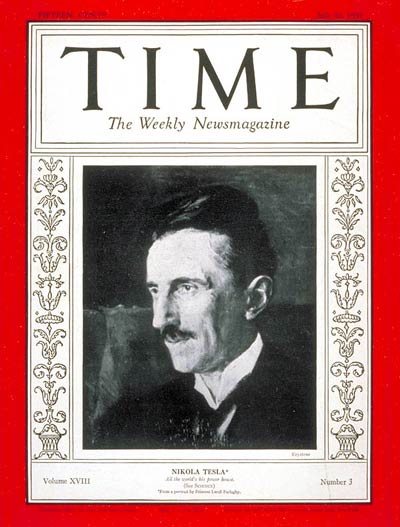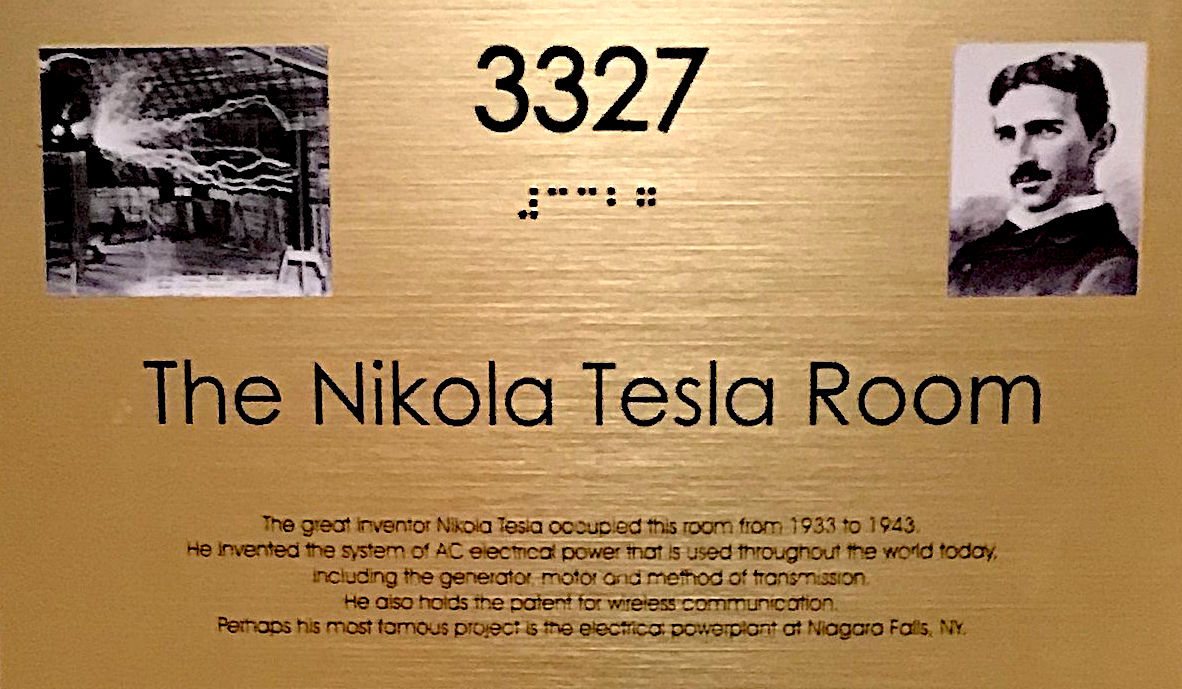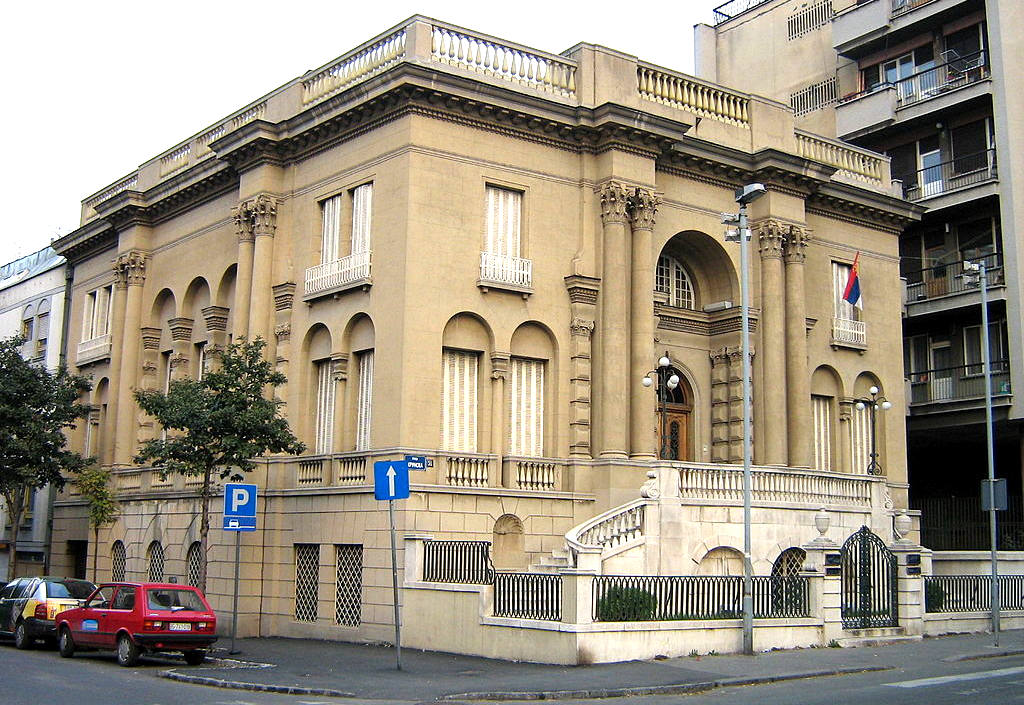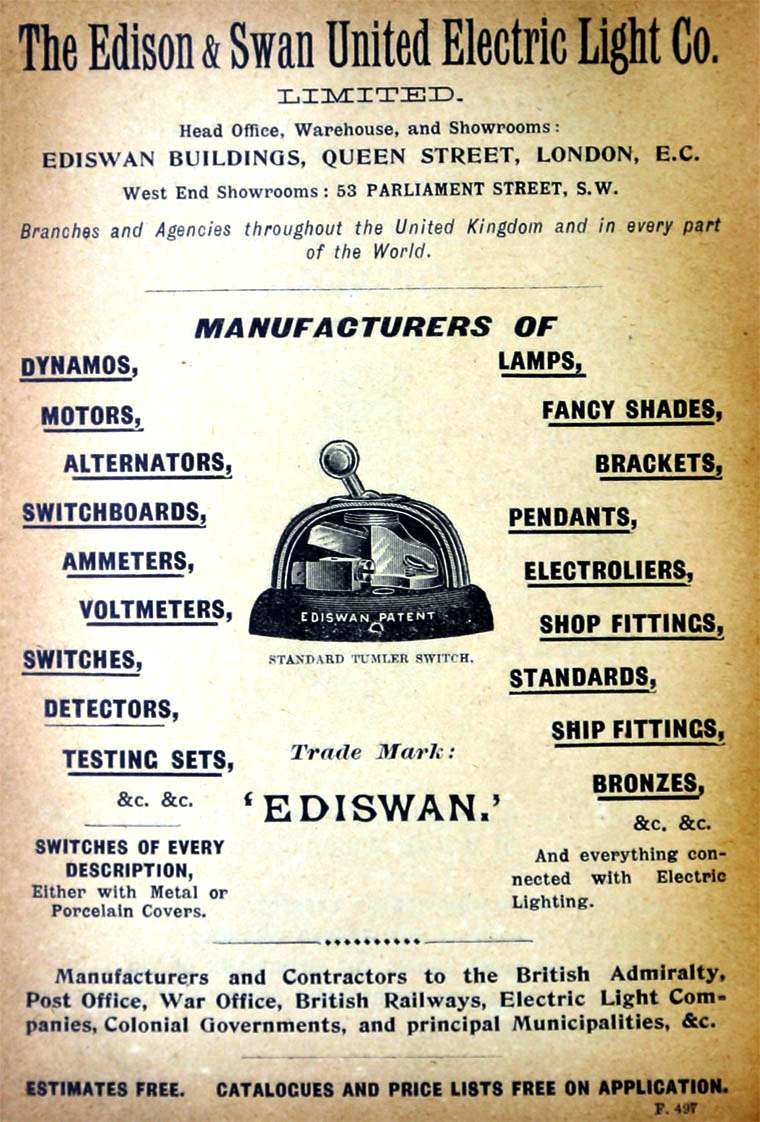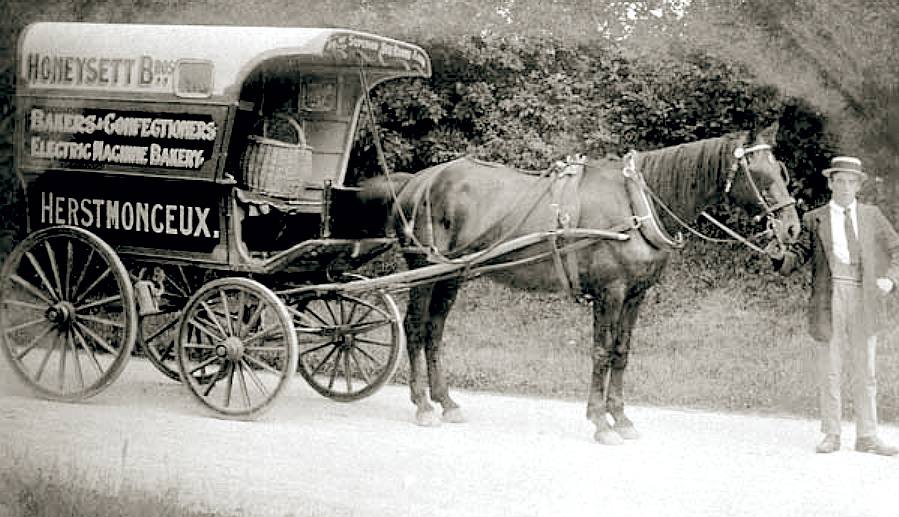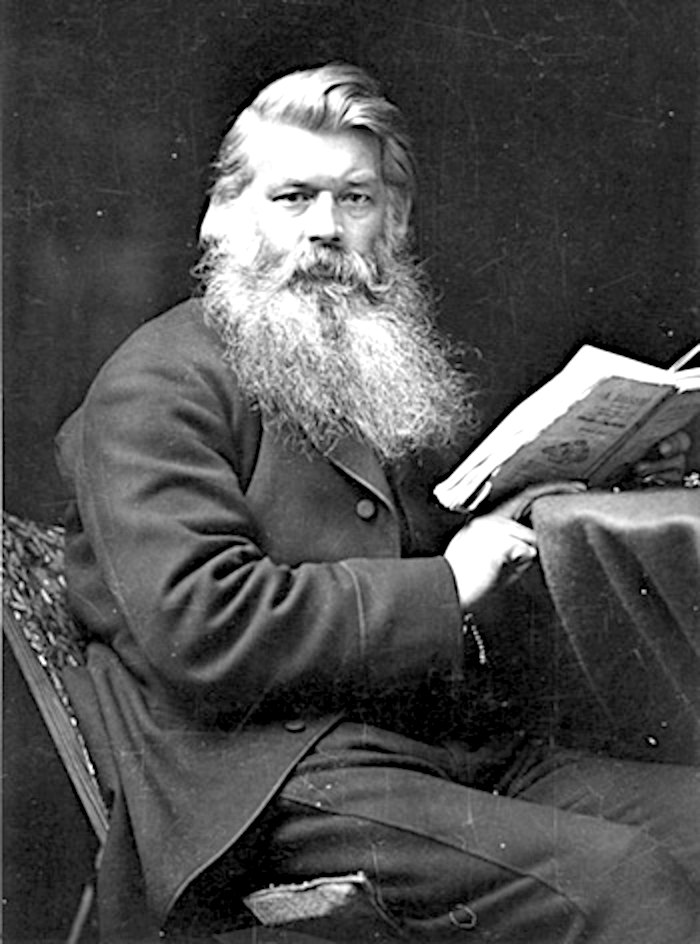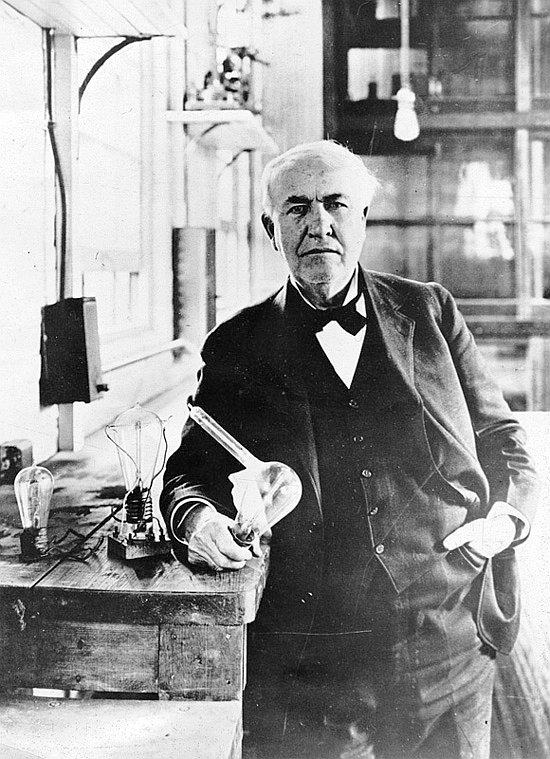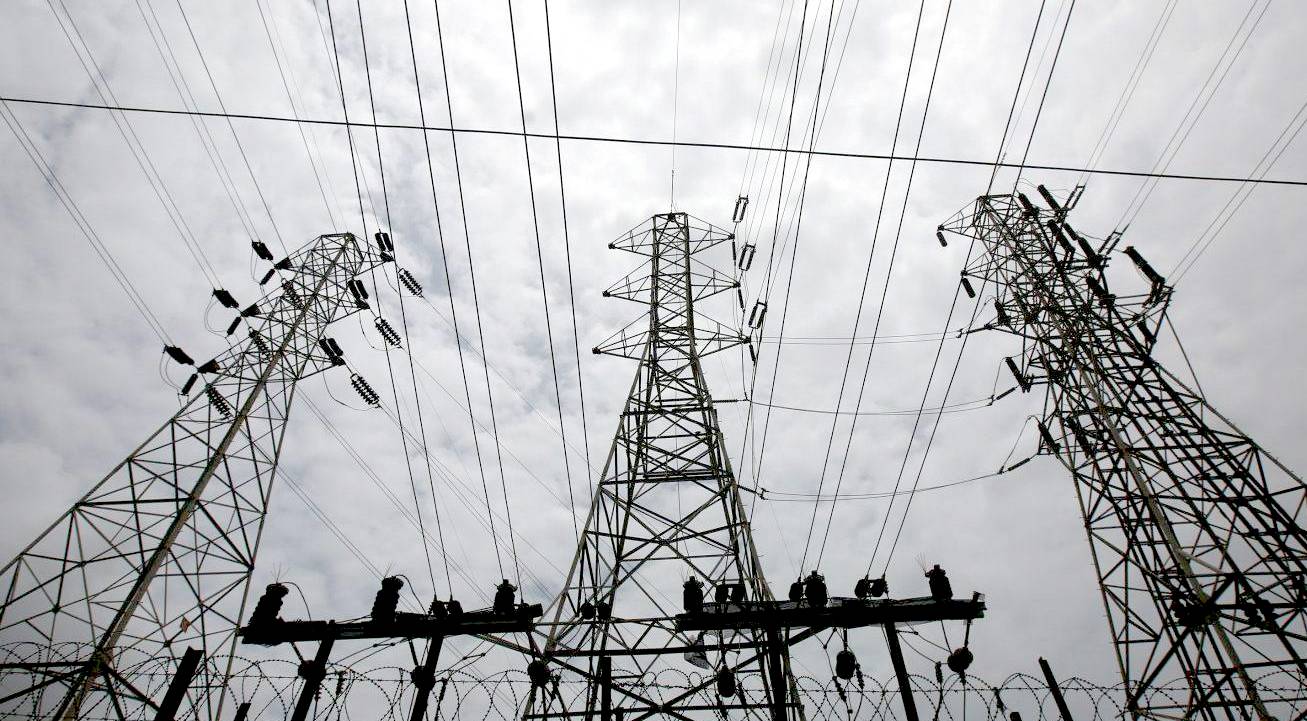|
NIKOLA TESLA
Please use our A-Z to navigate this site where page links may lead to other sites, or see HOME
|
|
|
The electrical power generation industry began when light bulbs and other devices that needed reliable energy supplies were invented. Direct current (DC) systems were not at that time suitable for transmission of electricity over long distances. Tesla came up with an alternating current (AC) system that he patented.
Nikola Tesla (10 July [O.S. 28 June] 1856 – 7 January 1943) was a Serbian-American inventor, electrical engineer, mechanical engineer, and futurist best known for his contributions to the design of the modern alternating current (AC) electricity supply system.
Attempting to develop inventions he could patent and market, Tesla conducted a range of experiments with mechanical oscillators/generators, electrical discharge tubes, and early X-ray imaging. He also built a wireless-controlled boat, one of the first-ever exhibited. Tesla became well known as an inventor and demonstrated his achievements to celebrities and wealthy patrons at his lab, and was noted for his showmanship at public lectures. Throughout the 1890s, Tesla pursued his ideas for wireless lighting and worldwide wireless electric power distribution in his high-voltage, high-frequency power experiments in New York and Colorado Springs. In 1893, he made pronouncements on the possibility of wireless communication with his devices. Tesla tried to put these ideas to practical use in his unfinished Wardenclyffe Tower project, an intercontinental wireless communication and power transmitter, but ran out of funding before he could complete it.
After Wardenclyffe, Tesla experimented with a series of inventions in the 1910s and 1920s with varying degrees of success. Having spent most of his money, Tesla lived in a series of New York hotels, leaving behind unpaid bills. He died in New York City in January 1943. Tesla's work fell into relative obscurity following his death, until 1960, when the General Conference on Weights and Measures named the SI unit of magnetic flux density the tesla in his honor. There has been a resurgence in popular interest in Tesla since the 1990s.
SWITCHES & BULBS - Where would we be without electric lighting. A battle royal ensued in the law courts and Thomas Edison and Joseph Swan slogged it out in the London High Court, ending with the combatants working together as the Edison & Swan United Electric Light Co. ELECTRIC BAKERY - The earliest surviving generating station, dating from C. 1900, with battery based load levelling as the core technology, coupled to a 48 volt DC generator, is in the little village of Herstmonceux, Sussex.
England's Joseph W. Swan, was a chemist, who experimented in the 1850s and 60s with carbon filaments. His early efforts failed however, because the vacuum pumps of those years could not remove enough air from the lamps. By the mid-1870s better pumps became available, and Swan returned to his experiments.
The electrical power generation industry began when light bulbs and other devices that needed reliable energy supplies were invented. Telephones and televisions all needed electricity. It is painful to cast aspersions on the reputation of one of America's heroes, but Edison, who patented his bulb in 1879, improved on a design that British inventor Joseph Swan had patented 10 years earlier. Improvement patents, are however, still inventive steps and legitimate development.
Thomas Alva Edison is held to be the inventor of the electric light bulb, though Sir Joseph Wilson Swan's, patent predated Edison's US patent, in England. Eventually, the two men became partners, with the Edison & Swan United Electric Light Co. (Ediswan Lighting Company).
Today, light bulbs are considered to be wasteful of energy, creating a lot of heat for the light output. They are being replaced by LEDs, as part of the fight against climate change, and simply to cut the cost of lighting.
The electrical power generation industry began when light bulbs and other devices that needed reliable energy supplies were invented. Telephones and televisions all needed electricity.
Please use our A-Z INDEX to navigate this site
This website is provided on a free basis to promote zero emission transport from renewable energy in Europe and Internationally. Copyright © Universal Smart Batteries and Climate Change Trust 2022. Solar Studios, BN271RF, United Kingdom.
|
